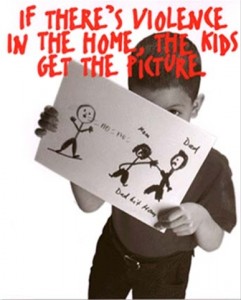 If you do not want to go through the teenage years with your children in a hostile environment, with resentment, resistance and rebellion being the 3 R’s – then the goal now when they are young, is to build a close, safe and trusting atmosphere. If you are experiencing power struggles with young children now, as the parent you have the choice in what life will be like in the teen years. Why? How?
If you do not want to go through the teenage years with your children in a hostile environment, with resentment, resistance and rebellion being the 3 R’s – then the goal now when they are young, is to build a close, safe and trusting atmosphere. If you are experiencing power struggles with young children now, as the parent you have the choice in what life will be like in the teen years. Why? How?
It takes two to create a power struggle!
Taking part in a power struggle with a child is an NO WIN situation. As the parent you will never win and even if it looks like you did (read they do what you want them to do) they will get you back. As a parent we are looking for the balance – a child who is learning self-discipline, responsibility, cooperation, problem and conflict solving skills – not an extreme approval seeking child or one that will not do anything they are asked to do without resistance.
When a child is interested in demonstrating their power, the adult should not be looking to win or just giving in because it is easier. There are other choices that will create a WIN WIN for each of you.
- Know what you want
- Know what you will do
- Follow through
In upcoming posts we will see how to make these 3 steps a part of who we are as a parent.







